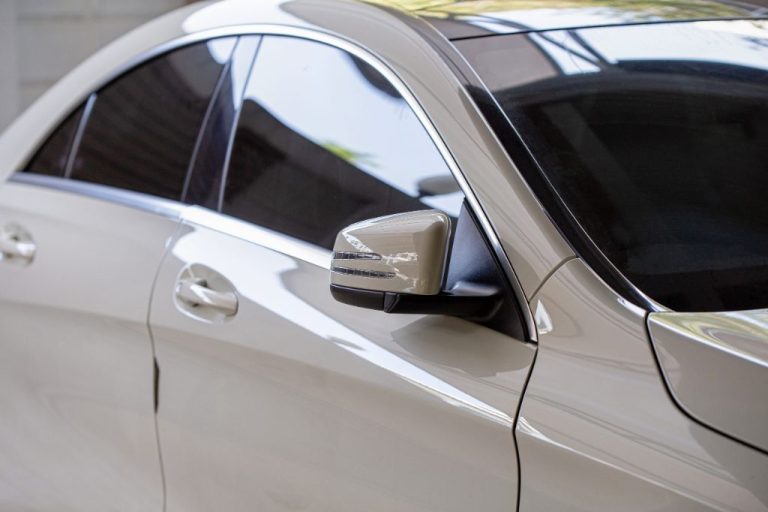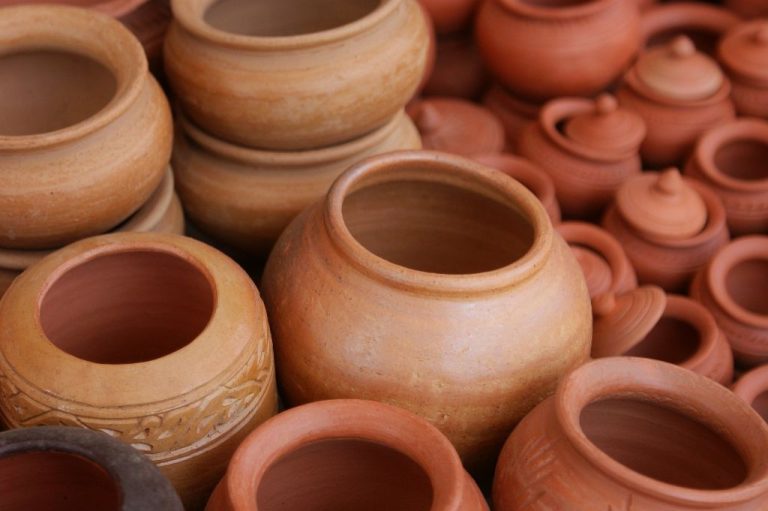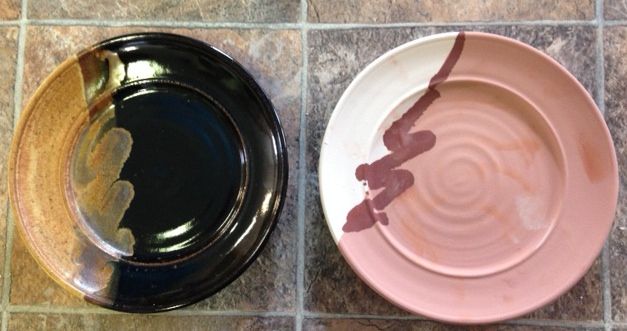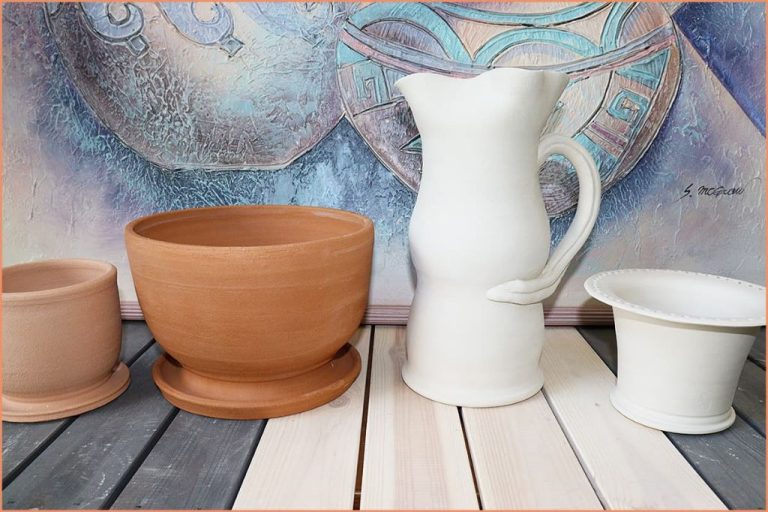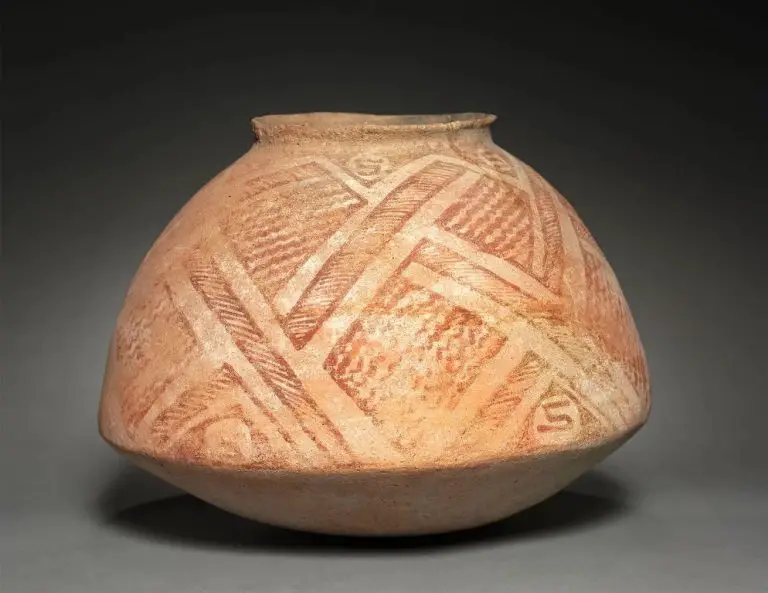How Long Do Clay Chimineas Last?
Chimineas are outdoor clay ovens traditionally used for relaxation and cooking. The lifespan of a clay chiminea can vary quite a bit depending on various factors. Proper care and maintenance will ensure your chiminea lasts for many years. The climate, location, usage, and quality of the chiminea will all impact how long it lasts before needing repairs or replacement.
Clay, concrete and metal are the primary materials used to construct chimineas. Each material has its own characteristics that impact the chiminea’s durability and lifespan.
Clay chimineas are made from terra cotta clay which can withstand high heat from the fire. However, clay is prone to cracking over time as it expands and contracts with temperature changes. Clay chimineas typically last 2-4 years with regular use before needing extensive repairs or replacement.
Concrete chimineas are more durable than clay, but the concrete can crack from repeated heating and cooling cycles. With proper care, a concrete chiminea may last 4-6 years on average.
Metal chimineas, especially cast iron models, are the most durable option. Cast iron can withstand extremely high temperatures without cracking or breaking down. With proper maintenance, a cast iron chiminea can provide up to 10 years of use before major repairs are needed. Other metals like copper or steel have shorter lifespans of 5-8 years.
Sources:
https://www.firehouse-uk.com/articles/chimineas/everything-you-need-to-know-about-chimineas/
http://dancingfire.biz/claychimineasvscastironchimineas.aspx
Climate
The climate where the chimenea is located can significantly impact how long it lasts. Chimeneas made from clay are porous and susceptible to damage from exposure to various weather conditions over time.
In damp climates with frequent rain, moisture can seep into the clay and cause cracking or spalling when water freezes and expands in the material. Chimineas placed outside year-round in regions with cold winters may develop cracks from repeated freeze-thaw cycles (Source). Areas with heavy snowfall also introduce risk of moisture damage if the weight of accumulated snow exceeds the chimenea’s load capacity.
On the other end of the spectrum, arid climates with very hot and dry conditions can potentially cause clay chimineas to crack or become brittle over time. The high heat causes moisture to evaporate from the clay, leading to shrinkage stress. Significant daily temperature swings that go from hot to cold quickly can also strain the structural integrity of the clay.
In general, temperate climates with relatively mild, sunny weather provide the ideal conditions for maximizing the lifespan of a clay chimenea. Avoiding extreme weathering from rain, snow, heat, and cold will help prevent cracking and other types of gradual damage to the clay material.
Location
Choosing the right location for your chiminea is crucial for extending its lifespan. The ideal location is a protected area that avoids direct exposure to inclement weather. According to How To Use A Chiminea In Your Backyard, “Ideally, you will be able to find a location for your chiminea that would allow you to see the fire from the inside of your home. To stay safe, it’s best to keep it at least 10ft away from any structure.” Look for a spot with proper drainage, like a patio or courtyard, so water doesn’t pool around the base after rain. Avoid placing it directly on grass or soil that will stay wet. Face the opening away from prevailing winds so smoke and embers don’t blow towards your house. With some forethought on placement, your chiminea can last for many cozy evenings by the fire.
Usage
How often you use your chiminea will impact how long it lasts. Frequent use tends to shorten the lifespan, while infrequent or seasonal use extends it. According to chiminea.uk, “How often you use your chiminea will have a big impact on its lifespan. Using it every day will cause much faster wear and tear than just at weekends or for special occasions.”
For example, a metal chiminea used daily may only last 3-5 years, while one used just on weekends could last 10-15 years. Proper maintenance like weather protection and rust prevention will help maximize lifespan regardless of usage frequency.
Indoor use also extends lifespan compared to outdoor use where the elements cause more rapid deterioration. As chiminea.uk notes, “An indoor chiminea that is well looked after could last for decades.” In general, less frequent outdoor use enables chimineas to last longer.
Maintenance
Proper maintenance is key to extending the life of a clay chiminea. Here are some tips:
Curing – After initial purchase, let the chiminea cure in a dry area for several days before first use. This allows any residual moisture from manufacturing to evaporate, preventing cracks (Lekto’s 4-Step Clay Chiminea Care & Maintenance Guide).
Sealing – Apply a weatherproof masonry sealer 1-2 times per year, especially before winter storage, to protect the clay from water absorption and freeze/thaw damage (Clay Chimenea: The Six-Step Guide to Winter Maintenance).
Cleaning – Gently wipe down the exterior with a damp cloth as needed. Avoid abrasive cleaners. Occasionally remove the inner fire bowl and scrub with soap and water to remove soot and ash (Clay Chiminea Maintenance: Tips and Tricks to Keep Your Investment Looking New).
Covers – Use a close-fitting chiminea cover when not in use to protect from weather and pests (Lekto’s 4-Step Clay Chiminea Care & Maintenance Guide).
Quality
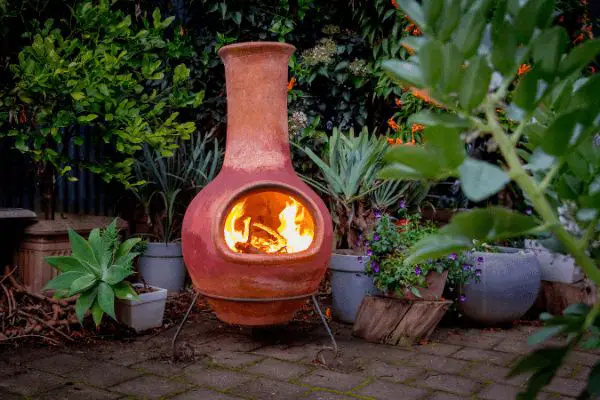
The quality and construction of a chiminea can greatly impact its durability and lifespan. High quality chimineas made from thicker, denser clay that has been properly cured and fired will last longer than thinner, lower quality models (1). Look for chimineas with clay that is at least 1⁄2 inch thick on average. Thicker clay holds up better and resists cracking from heat stress. The clay should feel sturdy and heavy.
Chimineas constructed with higher quality techniques like coil building and higher firing temperatures also have greater longevity. Coil built chimineas made by layering and welding rope-like coils of clay are more durable than slip cast models made by pouring liquid clay into a mold (2). Well-built chimineas feel solid and sturdy with smooth, even surfaces free of cracks or flaws.
Additionally, look for chimineas glazed on the exterior surfaces. The glaze protects the clay from moisture and makes cleaning easier. Unglazed clay is more porous and prone to water damage. High firing temperatures above 2,000°F create durable clay that won’t crumble or deteriorate as quickly.
In summary, look for chimineas made with dense, thick clay, coil construction, exterior glazing, and high temperature kiln firing for the greatest durability and lifespan.
(1) https://chiminea.uk/how-long-do-chimineas-last/
(2) https://www.marcopaul.co.uk/inspiration/how-long-do-chimineas-last/
Repairs
Repairing cracks and breaks in a clay chiminea can help significantly extend its lifespan. According to Can I repair a broken clay chiminea?, the first step is to sand the area around the crack or break with medium grit sandpaper until the surface is smooth. Keep sanding until all rough edges are removed. Next, apply a special heat-resistant chiminea repair cement to fill in the crack, pressing it firmly into the gap and smoothing it flush with the surrounding surface. Let the cement fully cure and dry as directed on the package, usually 24-48 hours. Once dry, sand away any excess dried cement. The repaired area can then be painted over with high-temperature spray paint to help blend it with the rest of the chiminea.
For more severe cracks and breaks, specialty chiminea repair kits are available, according to How to Repair a Clay Chiminea. These contain bonding agents, fillers, and high-heat paints designed specifically for chiminea repairs. Carefully follow the kit instructions to rebuild damaged sections or holes. Properly repairing cracks and damage allows the chiminea to hold up better over time and prevents further cracking due to weaknesses in the clay material.
Replacements
Replacing a clay chiminea is something to consider when the existing chiminea is extremely aged and damaged beyond repair. Signs that it may be time for a replacement include large cracks that cannot be fixed, pieces that have crumbled off completely, deep rust staining that does not come off with cleaning, and other severe deterioration of the material. If the chiminea structure has been compromised and no longer contains heat safely, it poses a potential fire hazard and should be replaced. While small cracks and aging are part of a clay chiminea’s charm, once the structural integrity is impacted, it is likely time to purchase a new chiminea. According to [1], chimineas are meant to have an imperfect, rugged look that comes with use over time. However, safety should be the priority in determining when replacement is necessary.
[1] https://www.naturalhandyman.com/qa/qachiminea.html
Conclusion
In summary, there are several key factors that can maximize the lifespan of a clay chiminea:
- Using a high quality clay and construction
- Storing the chiminea indoors or undercover when not in use
- Avoiding excessive rain exposure
- Regular cleaning and removal of ash and debris
- Annual re-sealing and touch up of paint/finish
- Checking for cracks and repairing as needed
- Replacing parts that become damaged over time
With proper care and maintenance, a well-made clay chiminea can provide 10-20 years of enjoyable use outdoors. Be sure to select a chiminea made of durable, weather-resistant clay, store it protected when not in use, and follow regular cleaning and upkeep practices to maximize its lifespan.

